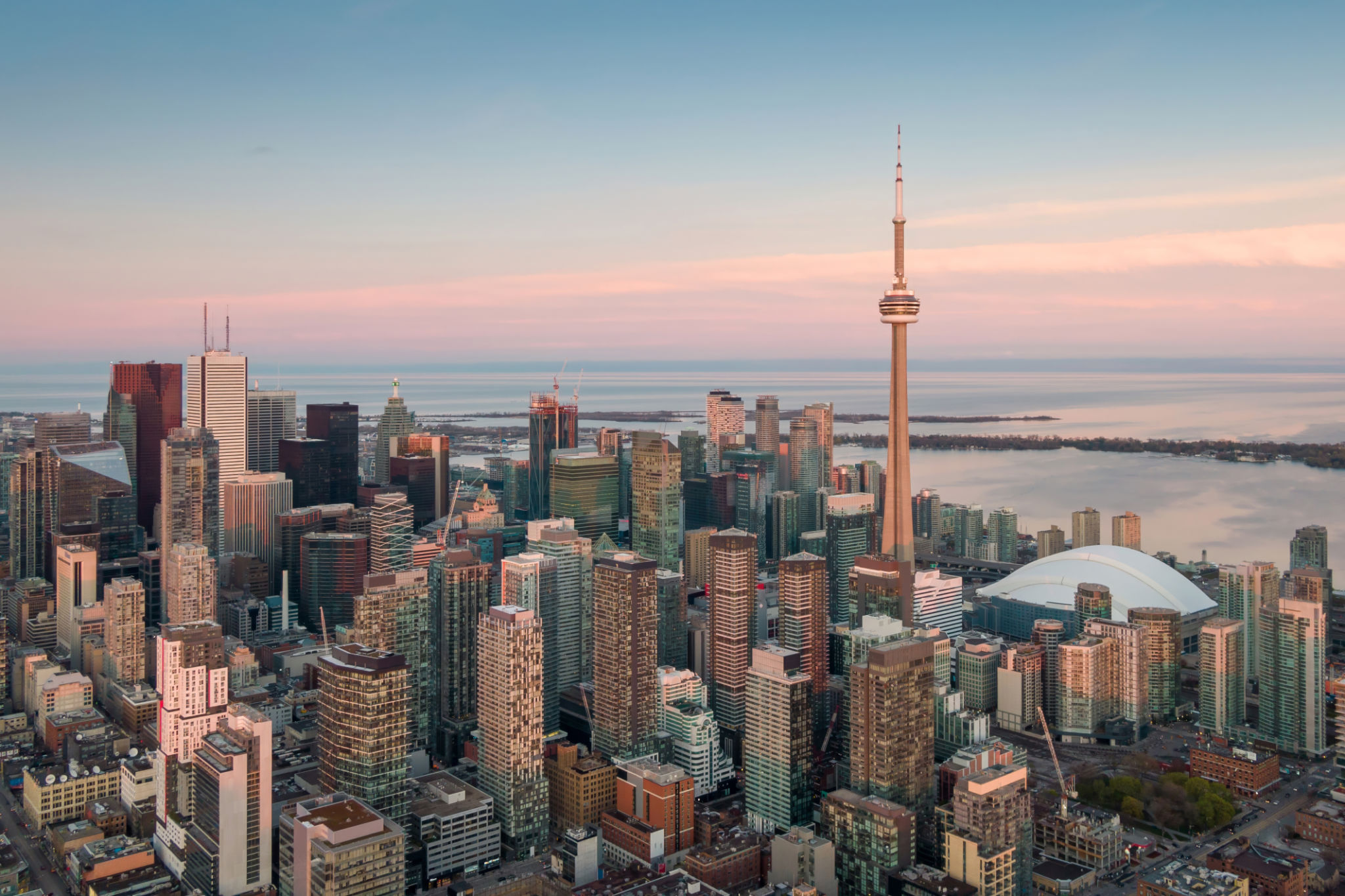Unlocking Value: How Commercial-to-Residential Conversions are Shaping the Property Market
Understanding the Trend of Commercial-to-Residential Conversions
In recent years, the property market has witnessed a significant shift as more developers and investors turn to commercial-to-residential conversions. This trend, driven by changing economic conditions and evolving lifestyle preferences, is reshaping urban landscapes and offering new opportunities for growth. As cities adapt to these changes, understanding the dynamics of these conversions is essential for stakeholders looking to unlock value in the property market.
The primary motivation behind this trend is the increasing demand for housing in urban areas. As populations grow and city living becomes more desirable, the need for residential spaces has surged. At the same time, the COVID-19 pandemic has accelerated the decline of traditional retail and office spaces, leaving many commercial properties underutilized. Converting these spaces into residential units presents a lucrative solution to meet housing demands while revitalizing city centers.

Benefits of Commercial-to-Residential Conversions
One of the most compelling benefits of commercial-to-residential conversions is the potential for financial gain. These projects often come with lower acquisition costs compared to building new developments from scratch. Additionally, they can be completed more quickly, allowing investors to realize returns sooner. By transforming unused or underutilized commercial spaces, developers can tap into high-demand areas that might otherwise be inaccessible due to limited land availability.
Beyond financial incentives, these conversions offer environmental benefits by promoting sustainable urban development. Repurposing existing structures reduces the need for new materials and minimizes construction waste. This approach aligns with growing consumer and governmental emphasis on sustainability, making it an attractive option for environmentally conscious developers.

Challenges and Considerations
While commercial-to-residential conversions offer numerous advantages, they are not without challenges. One of the primary hurdles is zoning and regulatory constraints. Many commercial properties may not be initially zoned for residential use, requiring developers to navigate complex legal and bureaucratic processes. Additionally, older buildings may require significant renovations to meet current residential standards, which can incur additional costs.
It is also essential for developers to consider the needs of prospective residents when planning conversions. Factors such as location, amenities, and accessibility play a crucial role in the success of these projects. Ensuring that converted properties meet modern living standards is key to attracting buyers or tenants.

Impact on Urban Development
The rise of commercial-to-residential conversions is having a profound impact on urban development. As more cities embrace this trend, we are witnessing a transformation in how urban spaces are utilized and designed. This shift towards mixed-use developments is fostering vibrant communities where people can live, work, and play within the same vicinity.
In addition to revitalizing city centers, these conversions are helping to address housing shortages in densely populated areas. By increasing the supply of residential units, they contribute to stabilizing housing markets and making city living more accessible to diverse populations.
Future Prospects
Looking ahead, the trend of commercial-to-residential conversions is expected to continue shaping the property market. As cities strive to become more resilient and adaptable in response to economic and environmental challenges, these conversions offer a viable pathway for sustainable urban growth. With careful planning and strategic investment, stakeholders can unlock new value and contribute to the evolution of modern cities.
Ultimately, commercial-to-residential conversions represent an opportunity to redefine urban living and create more dynamic and inclusive communities. By embracing this trend, developers and investors can play a pivotal role in shaping the future of our cities.
